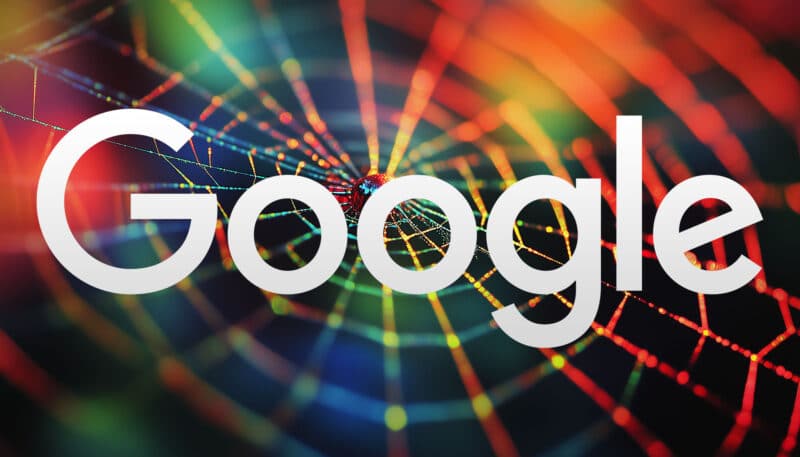
Understanding Google’s Updated Crawler Documentation: A Detailed Guide for Developers and SEOs
Google has recently undertaken a significant overhaul of its documentation concerning crawlers and user-triggered fetchers. This update focuses on enhancing accessibility and providing clearer insights into the distinct roles and impacts of Google’s various crawlers. For software developers, digital marketers, and SEO professionals, understanding these changes can lead to improved strategies for optimizing web content and enhancing visibility across Google’s platforms.
The restructured documentation now features a streamlined organization that allows users to easily navigate through the various sections. Each crawler has been assigned specific pages that clarify its functions and associated impacts on Google products. For instance, Googlebot influences a multitude of services, including Google Search, Google Images, Google Video, and Google News. In contrast, specialized crawlers, such as Googlebot Image and Google StoreBot, cater to specific needs, focusing primarily on image content and Google Shopping, respectively. This reorganization aids in delineating how each crawler interacts with different aspects of Google’s ecosystem, effectively allowing developers to tailor their approaches accordingly.
In a noteworthy enhancement, the updated documentation includes practical robots.txt examples tailored for each crawler. Such snippets serve as a valuable resource for developers seeking to manage crawler access effectively. By providing clear instructions, Google empowers webmasters to fine-tune their sites’ interactions with Google’s crawlers, optimizing performance and enhancing site visibility.
Additionally, this update highlights the varying functions of Google’s crawlers, particularly those with distinct purposes such as security and abuse detection. While crawlers like Google-Safety do not conform to crawling preferences, others are geared towards facilitating ad quality checks or fetching feeds for Google services. Understanding these nuances is crucial for developers and marketers aiming to leverage Google’s algorithm intelligently.
The update is ultimately a boon for web developers, SEO specialists, and site owners. By grasping the intricacies of Google’s updated crawler documentation, professionals can optimize their websites intelligently, increasing their chances of ranking higher in search results. Moreover, integrating this knowledge with URL shorteners and link management techniques could amplify the effectiveness of content distribution. Utilizing short links can enhance click-through rates, making it easier to manage and analyze the performance of shared content across various platforms.
In conclusion, staying informed about Google’s crawler functionalities and configurations fosters better decision-making processes in content strategy, ensuring that every piece of digital real estate is optimized for maximal visibility and engagement in the competitive online landscape.
#SEO #DigitalMarketing #ContentOptimization #BitIgniter #LinksGPT #UrlExpander #UrlShortener
Want to know more: Read more here

